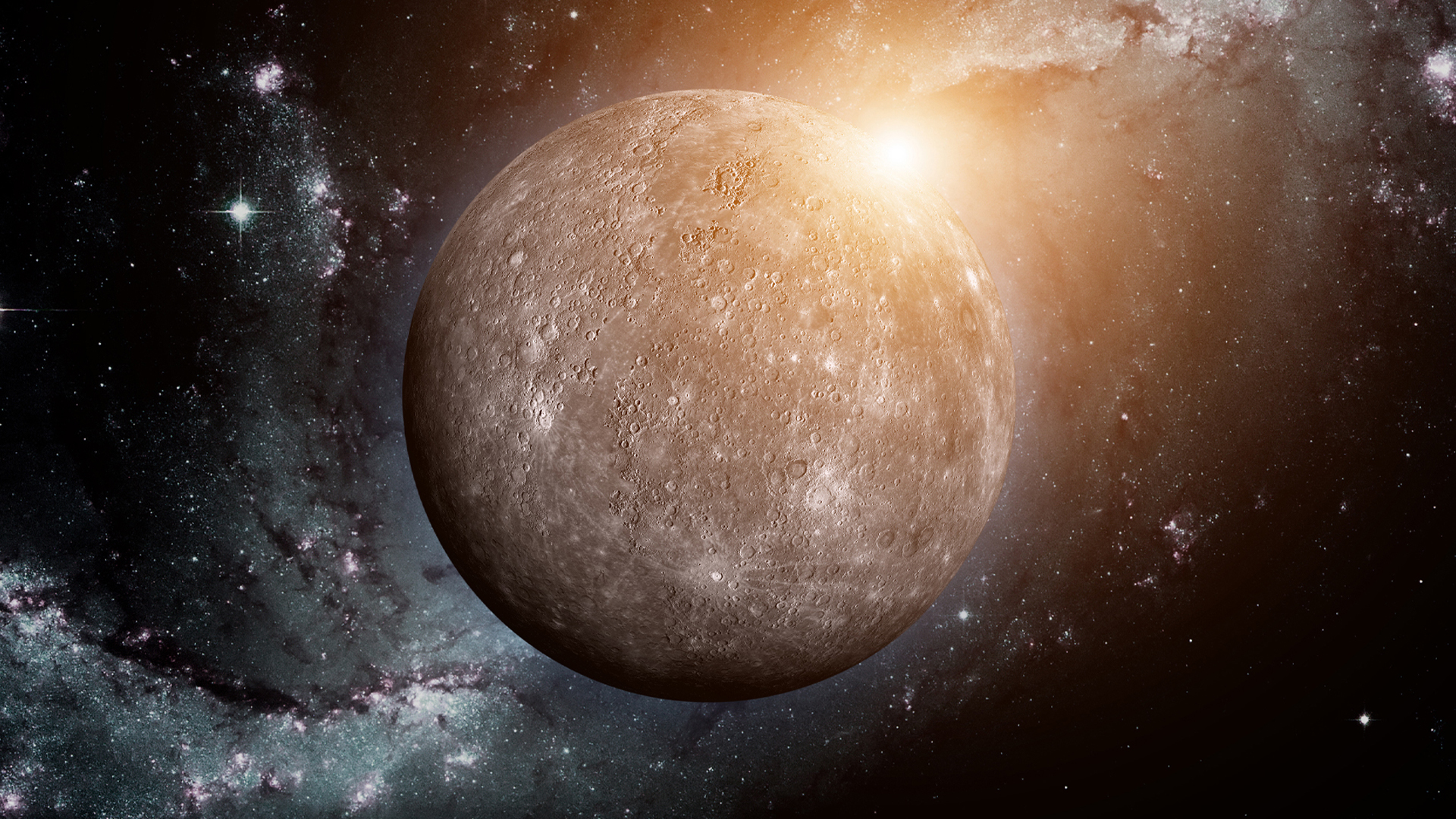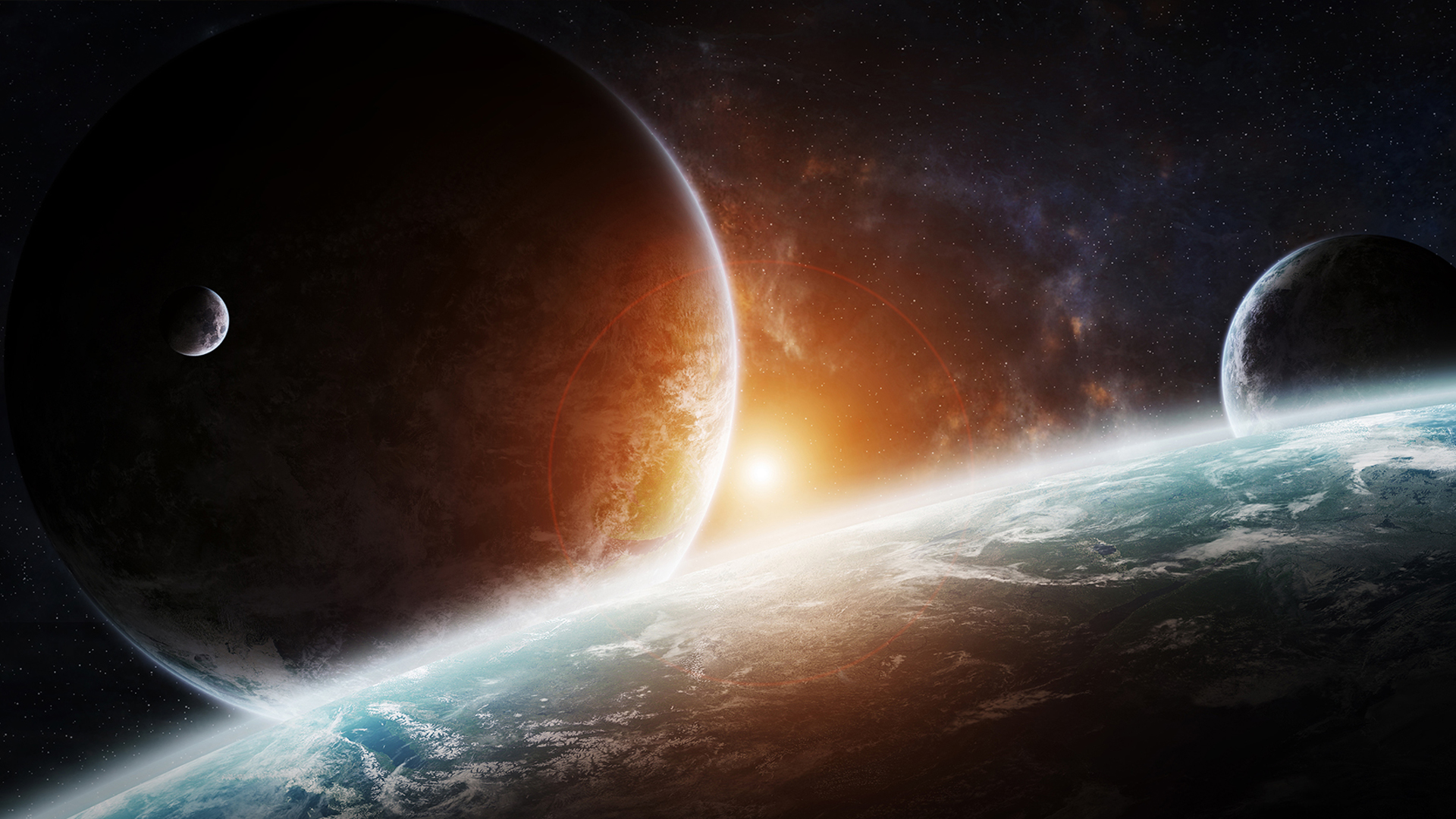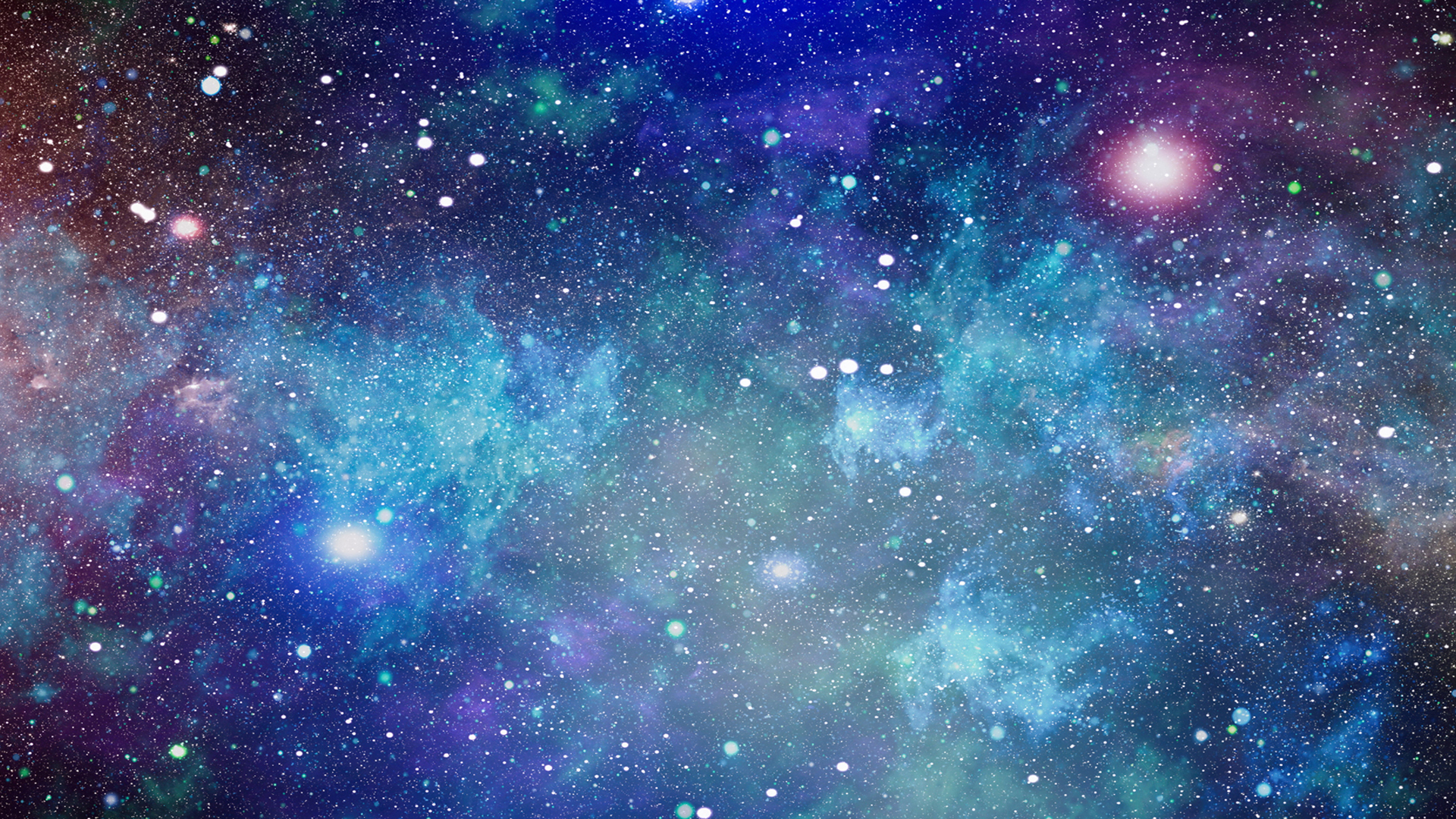
The Solar System | Our Local Neighborhood Module Outline
What’s the farthest distance you’ve ever traveled? Did it take hours? Days? Years? Our solar system is a huge place, but after training on the Hab, exploring off planet is the next step to living in space. Join us for an overview of our solar system and what’s beyond as we take those first steps.
OLN.A | Our Local Neighborhood
So what’s the neighborhood like when our Aquanauts head off to space? We’re taking a trip to see the sights around our solar system, so come on along!
OLN.B | Earth
We’ve talked about the Earth as inhabitants, but what about its place in the solar system? We’re starting out from home here on Earth as we visit the Moon and beyond, so have a quick last look before we head out.
OLN.D | The Moon
The ‘Man in the Moon’ is actually the “Men on the Moon” today, and there are still lots of interesting things to learn about this most familiar of our neighbors.
OLN.E | The Daring Dozen
Meet the daring, heroic “Men on the Moon” who paved the way for our current explorations of Mars and the solar system.
OLN.G | Venus
“Beauty is only skin deep” takes on new meaning on Venus, a planet known for its spectacular appearance in the night sky and a deadly surface below the clouds.
OLN.H | Mercury
Flashing around the sun faster than anything else in our neighbourhood, Mercury earns its name and heralds the last planetary body between us and the furnace at the centre of our solar system.
OLN.J | ‘S’ is for Syzygy
What does the Sun going dark in the daytime or the Moon turning red have to do with our place in the Solar System? It’s a riddle that has helped us redefine our Universe.
OLN.K | Lesson Quizzes, Games & Bonus Questions
Space is a pretty exciting part of science, so just how much have you learned while on our trip? Check yourself to find out.













